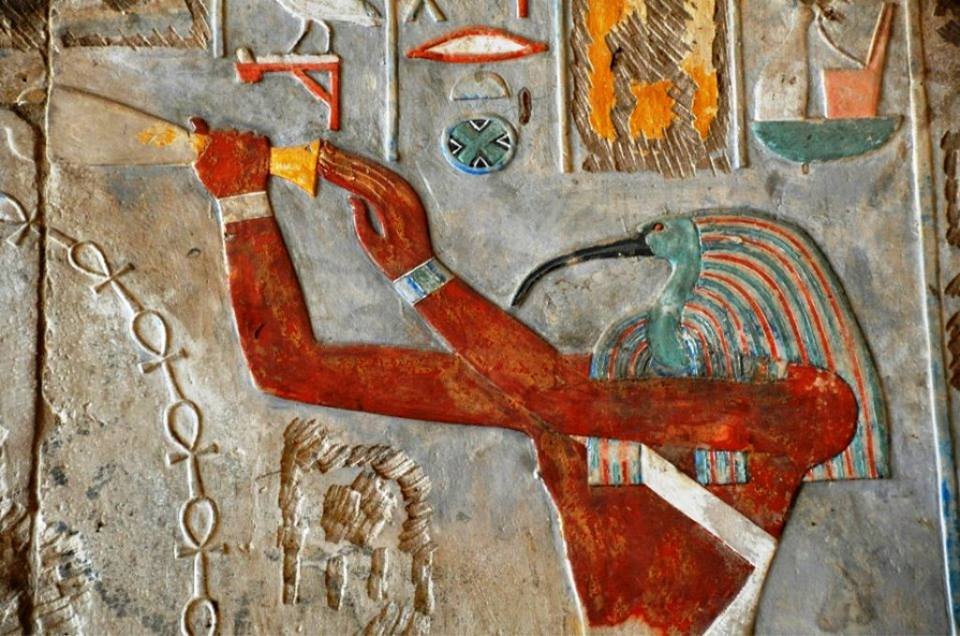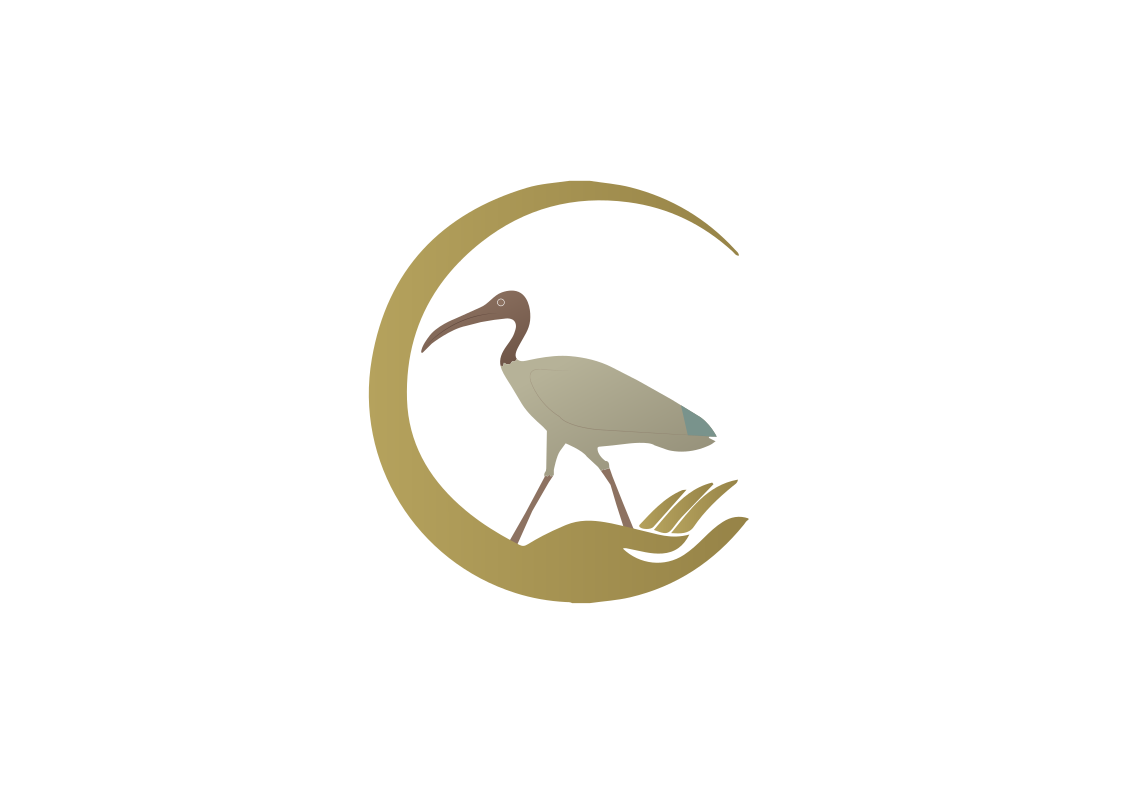
Among the Egyptians, the first month of the year is named after him (and) a city was founded by him that is now called Hermopolis in Greek. He is called Trismegistus because he was the greatest philosopher.
Ficino’s translation of the Corpus Hermeticum.
Ancient Hermopolis
It is the ancient city of ‘Thoth’ - the god of wisdom, the inventor of writing and the ultimate communicator of all arts and knowledge. It lies in El-Minia governorate, middle Egypt and its existence can be traced back to early times in the Egyptian history. In Ashmunin ( Hermopolis East), the relics of the legendary Thoth’s Temple can be found and in Tuna El-Gebel (Hermopolis West), the burial site of the priests/ scholars who served in Ashmunin-the most important is the ‘Petosiris Tomb’ who was the Hermopolitan priest in Alexander the Great times (both sites are on the tourist’s itineraries).
New Hermopolis
New Hermopolis is an integrated model of development combining eco-tourism, desert agriculture, and rural education in arts, culture, and heritage. All are embraced within the concept of ‘responsible sustainable and transformational tourism’. It is built on a private land (10 acres) and lies within walking distance from its ancient counterpart in Tuna El Gebel village (20 KM from the main town of Mallawi/Minia, 320 kilometres from Cairo).
This area lies between village and desert landscape and is central to all the antiquities of this region. It consists of an organic farm of olive groves, Eco-lodge and Art, Culture & Heritage Centre.



